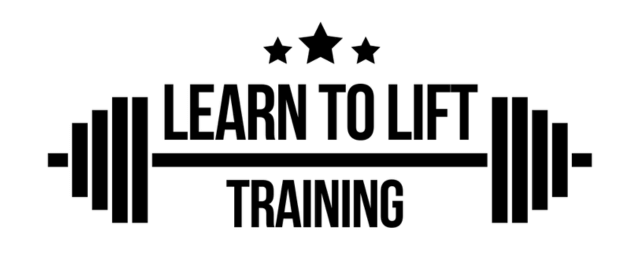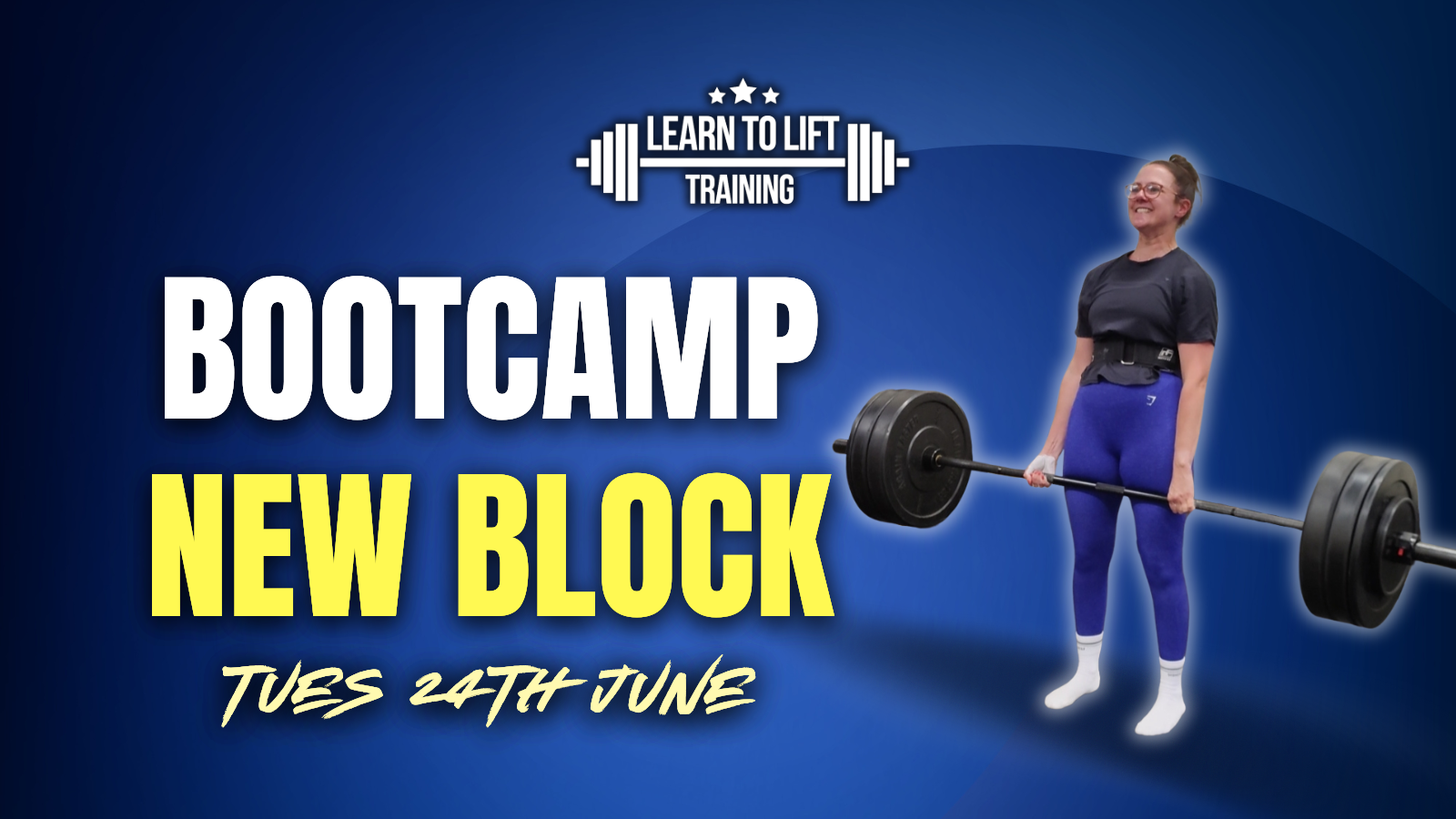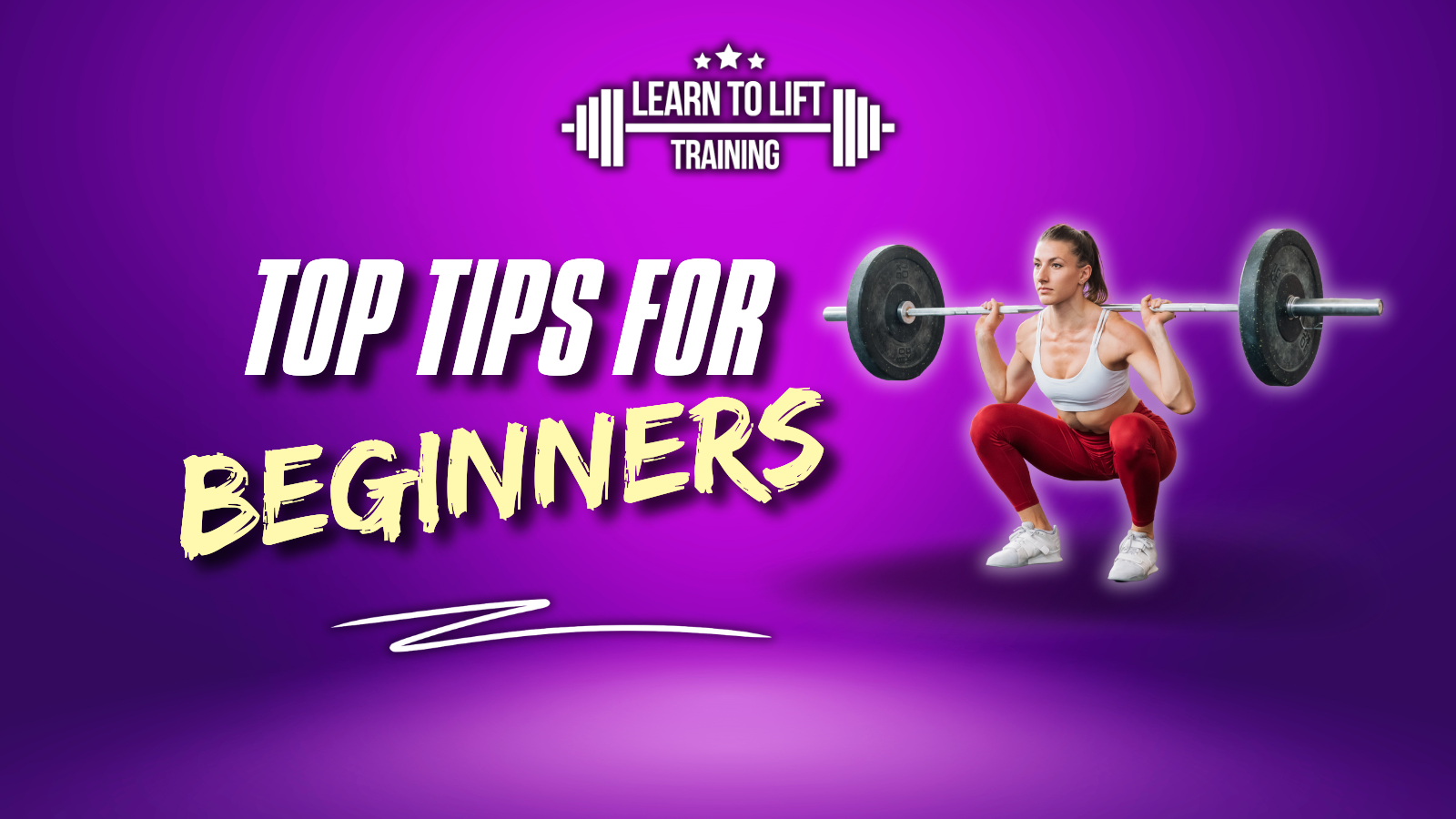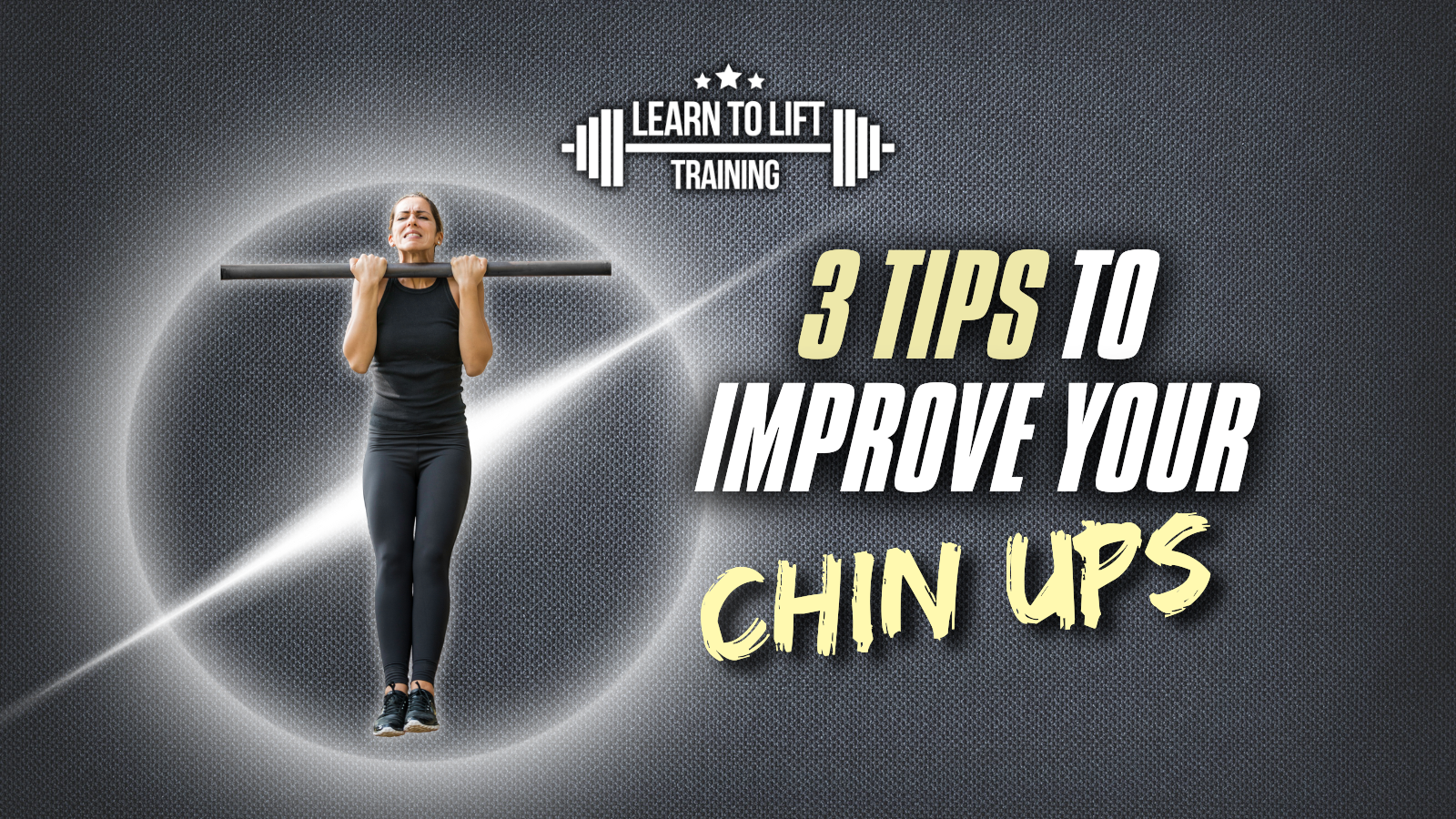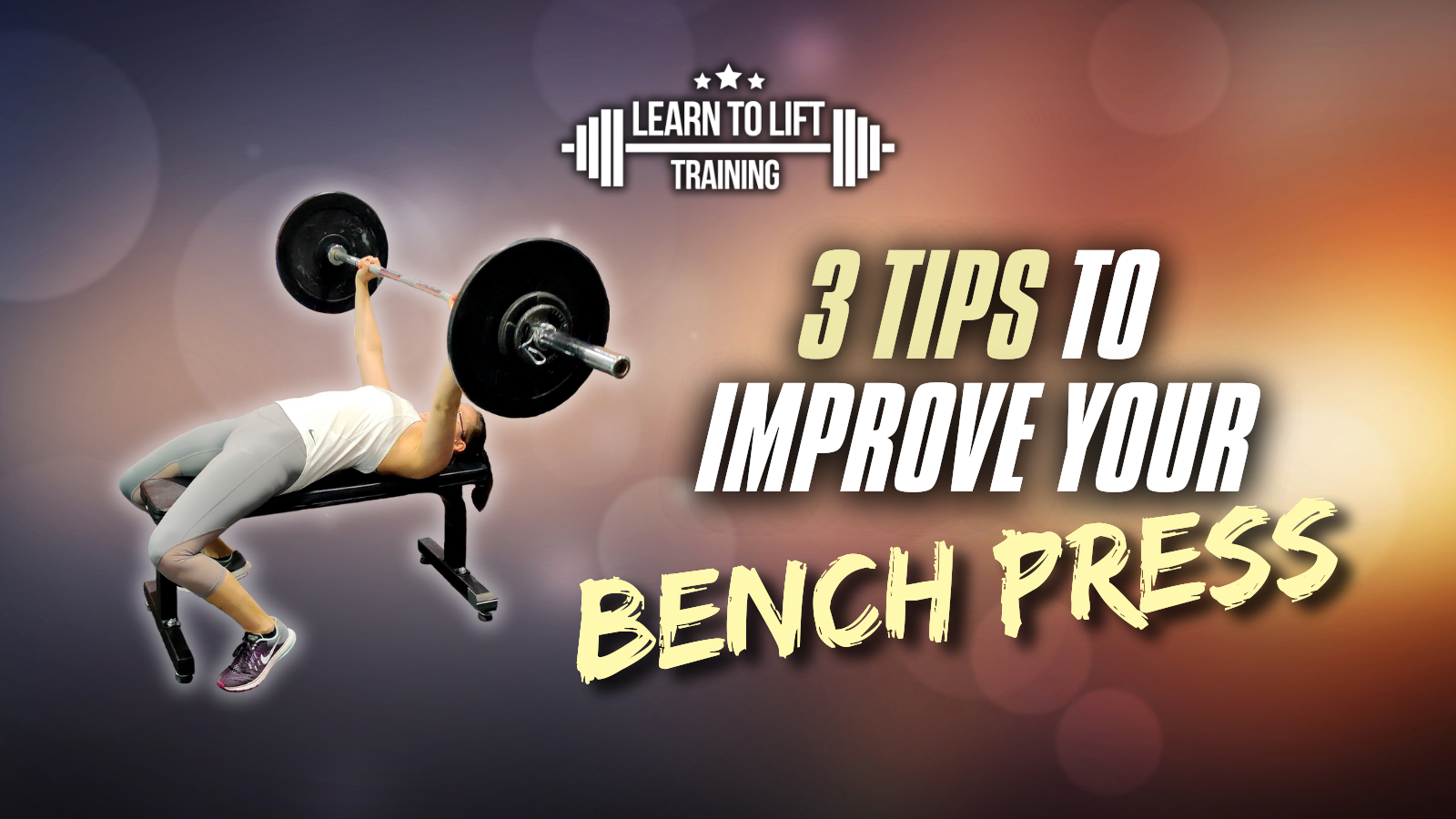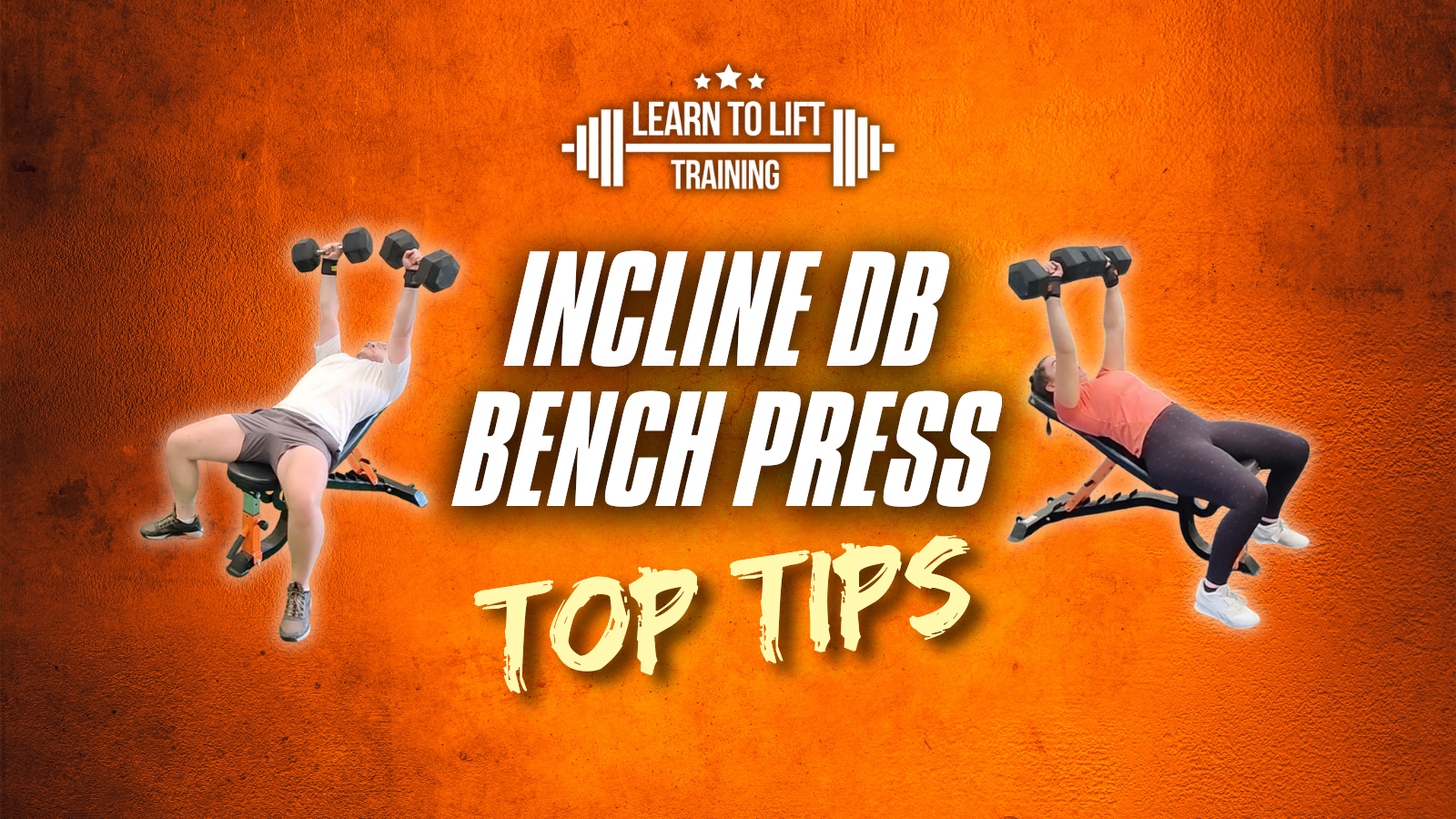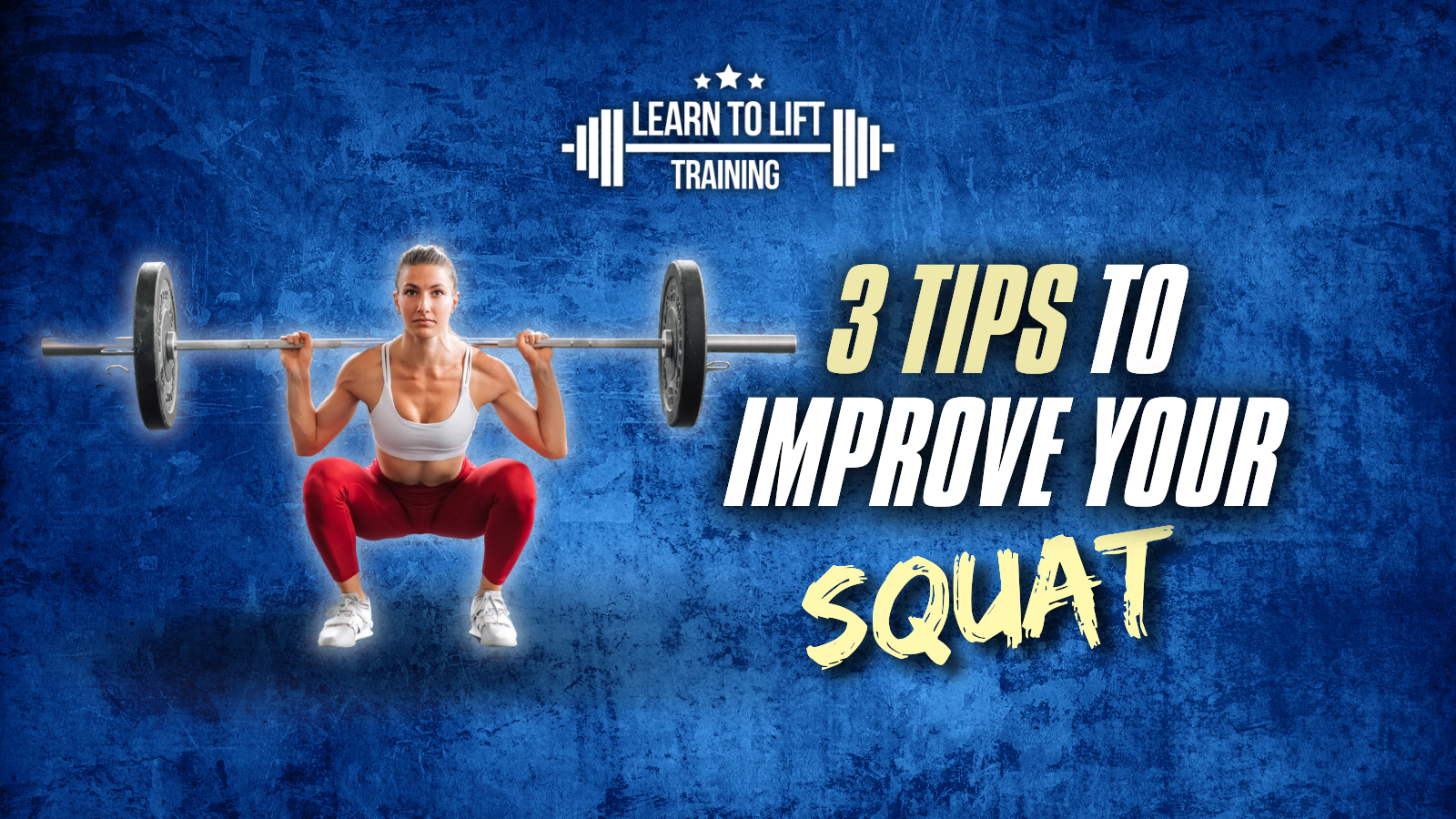Mastering Your Midline: A Guide to Core Training
Mastering Your Midline: A Guide to the Different Types of Core Exercises
When it comes to building a strong, functional core, there’s more to it than just cranking out endless sit-ups.
Your core—those muscles wrapping around your midsection like a natural weight belt—does far more than help you look good in a tight shirt. It stabilises your spine, transfers power between your upper and lower body, and keeps you moving efficiently, whether you’re lifting weights, running, or just carrying groceries.
To train it right, you need variety. Let’s break down the main types of core exercises, why they matter, and how to weave them into your routine.
1. Isometric Holds: The Stability Kings
What they are: Exercises where you hold a static position, resisting movement to build endurance and stability. Think planks, side planks, or hollow holds.
Examples:
Forearm Plank: Brace your core and hold for 30-60 seconds.
Side Plank: Prop yourself on one elbow, stack your feet, and hold steady.
Hollow Hold: Lie on your back, lift your legs and shoulders slightly off the ground, and hold the tension.
Why they’re great: Isometrics teach your core to stay rigid under pressure—crucial for heavy lifts like squats or deadlifts. They’re also low-impact, making them a staple for beginners and pros alike.
Pro Tip:
Add a twist, like tapping your shoulder in a plank, to challenge stability further.
2. Dynamic Flexion/Extension: The Classic Movers
What they are: Movements that actively flex or extend your spine, targeting the rectus abdominis (your “six-pack” muscle). These are the old-school ab moves you know and love—or hate.
Examples:
Crunches: Curl your torso up, focusing on the squeeze.
Leg Raises: Hang from a bar and lift your legs to hit the lower abs.
Sit-Ups: Full range from lying down to sitting up.
Why they’re great: They build strength and definition in the anterior core, and they’re simple to progress—just add weight or reps.
Pro Tip:
Slow down the eccentric (lowering) phase to maximize time under tension and avoid mindless reps.
3. Anti-Movement Exercises: The Spine Protectors
What they are: These resist unwanted motion—extension, flexion, or rotation—training your core to stabilize against forces. They’re less about moving and more about not moving.
Examples:
Ab Rollouts: Roll out with a wheel or barbell, keeping your spine neutral.
Pallof Press: Hold a resistance band or cable at chest height and press it forward, fighting the pull to one side.
Dead Bugs: Extend opposite arm and leg while keeping your lower back glued to the floor.
Why they’re great: Life (and lifting) throws chaos at your spine. Anti-movement drills prep your core to handle it, reducing injury risk and boosting performance in compound lifts.
Pro Tip:
Focus on breathing—exhale hard as you resist the toughest part.
4. Rotational Movements: The Power Twisters
What they are: Exercises that involve twisting or rotating your torso, engaging the obliques and deeper transverse abdominis.
Examples:
Russian Twists: Sit, lean back, and twist side to side with a weight.
Woodchoppers: Swing a cable or dumbbell diagonally across your body.
Bicycle Crunches: Alternate elbow-to-knee while extending the opposite leg.
Why they’re great: Rotational strength is key for sports, throwing, or any activity where power transfers across your body. Plus, those obliques carve out that coveted V-shape.
Pro Tip:
Keep the movement controlled—wild swinging sacrifices form for ego.
5. Loaded Carries: The Functional Favourites
What they are: Walking while holding weight, forcing your core to stabilise dynamically under load.
Examples:
Farmer’s Carry: Grab heavy dumbbells or kettlebells and walk 20-30 meters.
Single-Arm Carry: Hold a weight in one hand, forcing your obliques to counterbalance.
Overhead Carry: Press a weight overhead and march, keeping your core locked.
Why they’re great: Carries mimic real-world tasks and build a core that’s as tough as it is functional. They also fry your grip and traps as a bonus.
Pro Tip:
Stand tall—slouching defeats the purpose.
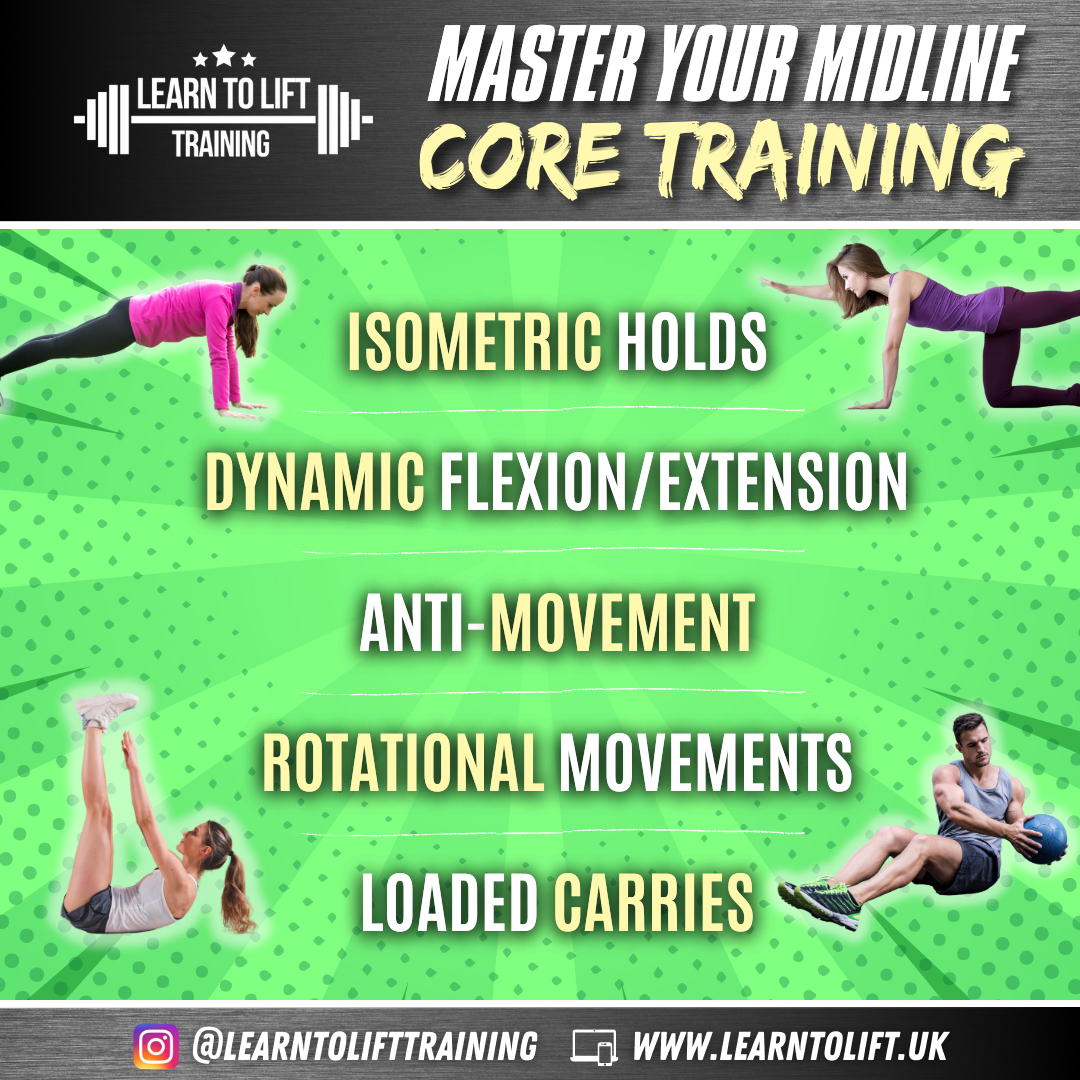
How to Mix Them Up
A well-rounded core routine doesn’t need all five types every session, but hitting each category weekly keeps your midsection balanced and bulletproof. Here’s a sample approach:
- Warm-Up: Plank (isometric) for 30 seconds.
- Main Workout: Pair squats with ab rollouts (anti-extension) for 3 sets of 10.
- Finisher: Russian twists (rotational) for 20 reps, then a 20-meter farmer’s carry (loaded).
The Takeaway
Your core isn’t just one muscle—it’s a team, and each type of exercise trains a different player. Isometrics build the foundation, dynamic moves add flash, anti-movement drills protect your spine, rotational work brings power, and carries tie it all together.
Experiment with these, find what clicks for your goals—whether it’s aesthetics, strength, or resilience—and watch your midline transform.
If you want to learn more about core training and receive expert coaching, take a look at our
Personal Training Glasgow page and drop us a message to have a chat!
